There has been a shock on the internet with the news of the LinkedIn data breach, affecting almost 92 percent of its users. While the company denies the data breach, some of the external agencies investigated the matter and found the data breach to be true.
In this blog, we will look at how LinkedIn data was breached and how to protect yourself from data leak.
Out of 756 million users of LinkedIn, the data of over 700 million users has reportedly been exposed in a new breach. The dataset obtained by the hackers indicates they have personal details of LinkedIn users, including phone numbers, physical addresses, geolocation data, and inferred salaries.
This is the biggest data breach in the history of the professional networking giant where 92% of the users were exposed to the breach.
Moving further, we will discuss how to protect yourself from data leak while using any networking or social media platform online -
Choose a safe password
Changing your password on a regular basis is a great way to secure your social media or any networking account online.
The first thing that faces an account breach is the password, so make sure you keep it strong, unique using alphanumeric characters, and practice changing it on a regular basis.
This is the first tip to protect your privacy online.
Enable LinkedIn’s two-step verification
The next step to protect your personal data is to enable two-step verification. LinkedIn gives you the option to use their two-step verification.
Two-step verification is an extra layer of security that makes sure that you, and only you, can log into your account – even if your password has been stolen.
You can set it up simply by logging in to your account, clicking on Settings and Privacy, then click on Sign in and security and scroll down to ‘Two-step verification” click to turn it on, choose your verification method, and follow the instructions on the screen.
change your LinkedIn privacy settings
Another important factor to keep your data private on LinkedIn is to change your privacy settings. In the settings menu, click on the privacy tab. Click all the options you find important for your account.
Remember, LinkedIn is a professional networking website with millions of businesses and their details.
Do not connect with anyone leniently.
Network Wisely
LinkedIn is a powerful resource where connections can play an important role in your business or work life.
You may be tempted to join with someone who has strong networks with other business owners or otherwise, but make sure you know what kinds of information you are sharing with whom – and evaluate what’s really necessary.
Keep in mind, not everyone needs to have access to your activity feed, home address, and phone number, your connections, your past acquaintances.
phishing and scams
LinkedIn is no exception, when it comes to scamming or phishing on social media networking sites. The pattern with which scammers work is sometimes predictable while other times a surprise.
You need to stay vigilant while opening any untrustworthy link with an enticing message or offer to get you to click so that your account could be infected with malware.
If you ever receive such a private message or any message that seems suspicious, make sure to report it to LinkedIn immediately and block the contact.
manage the data LinkedIn collects
The last step to protect your personal data online is to manage the data LinkedIn collects from you. Unknowingly you share a lot of details for account set up on LinkedIn.
LinkedIn collects a lot of data about you via your profile. But this is under your control as you have the authority to manage how the data is used.
In the Privacy section under Settings, you can get an overview of how LinkedIn is using your data and you can even request a download of everything they have collected about you.


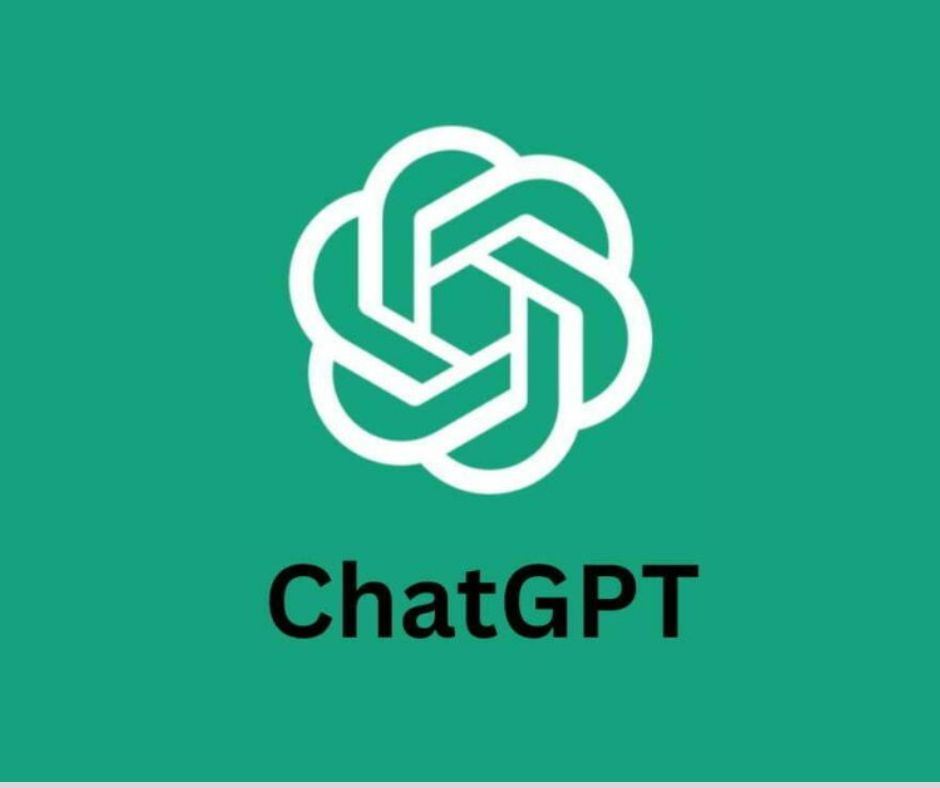
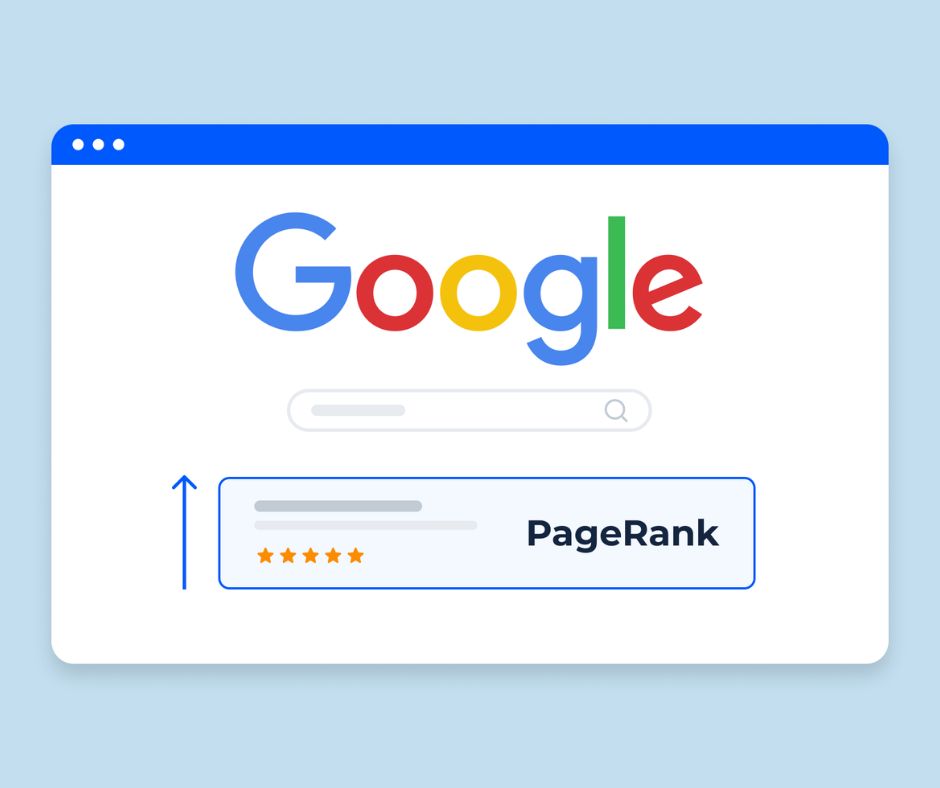

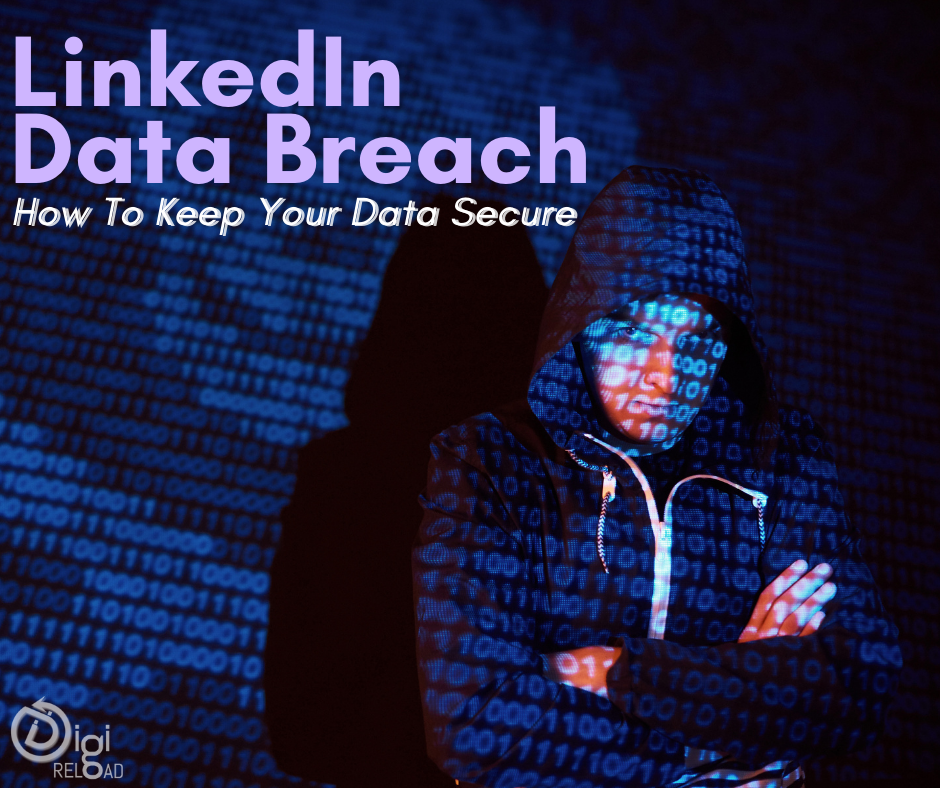
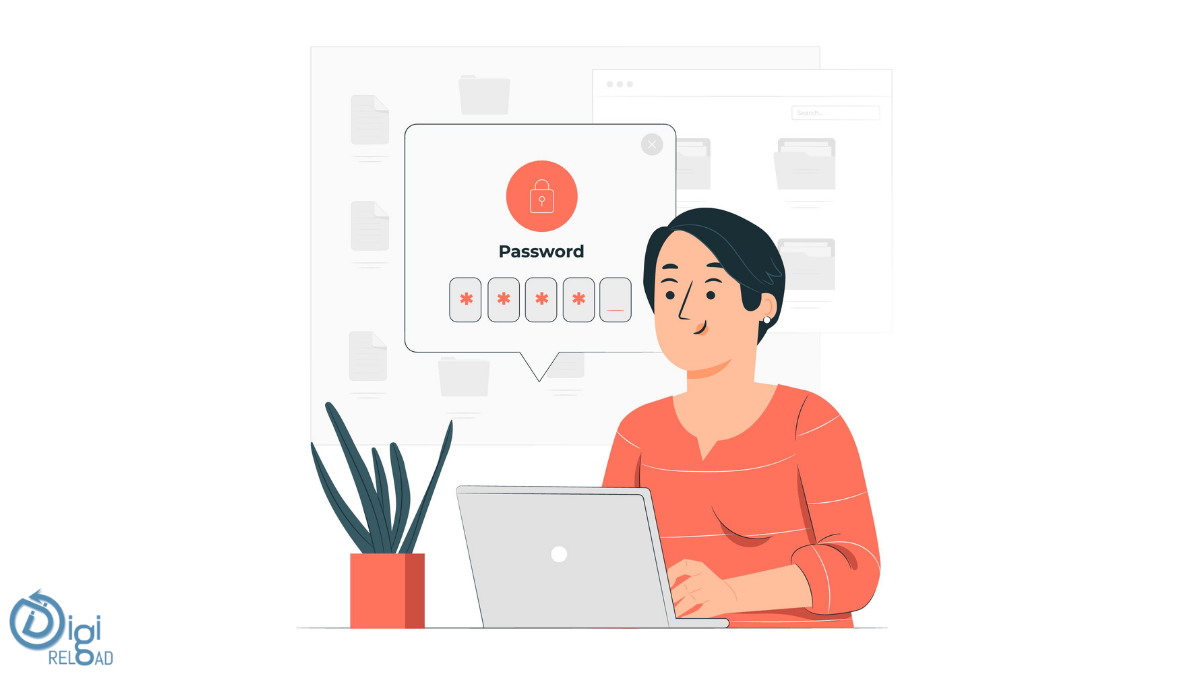
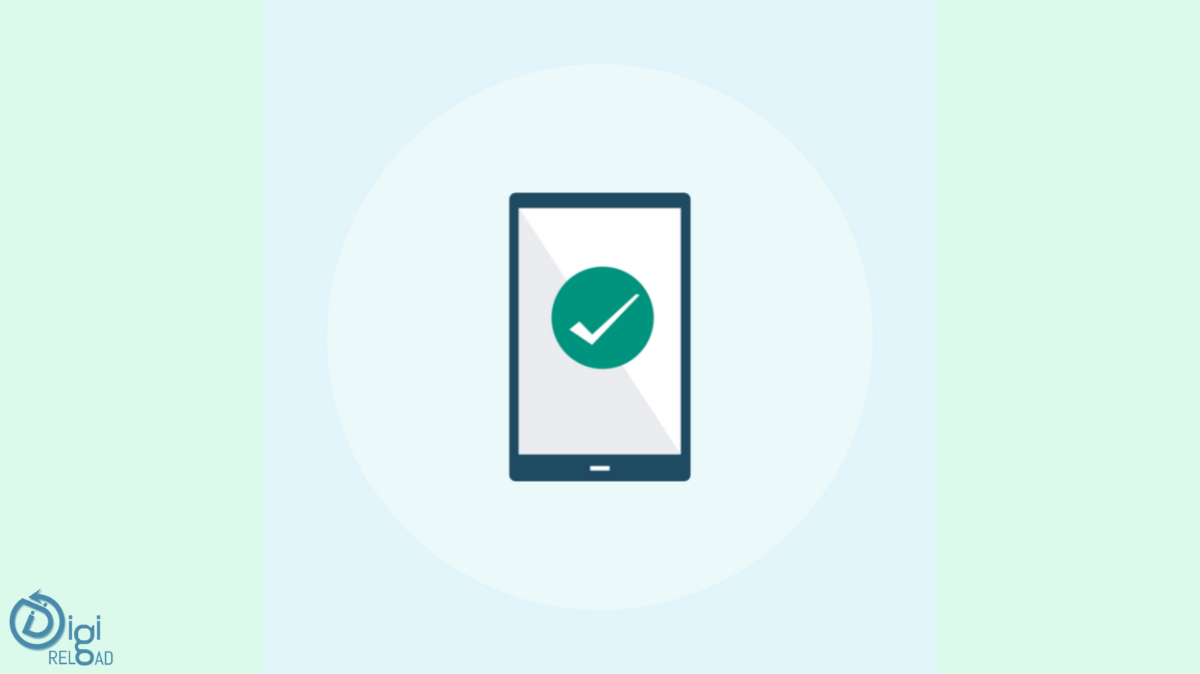

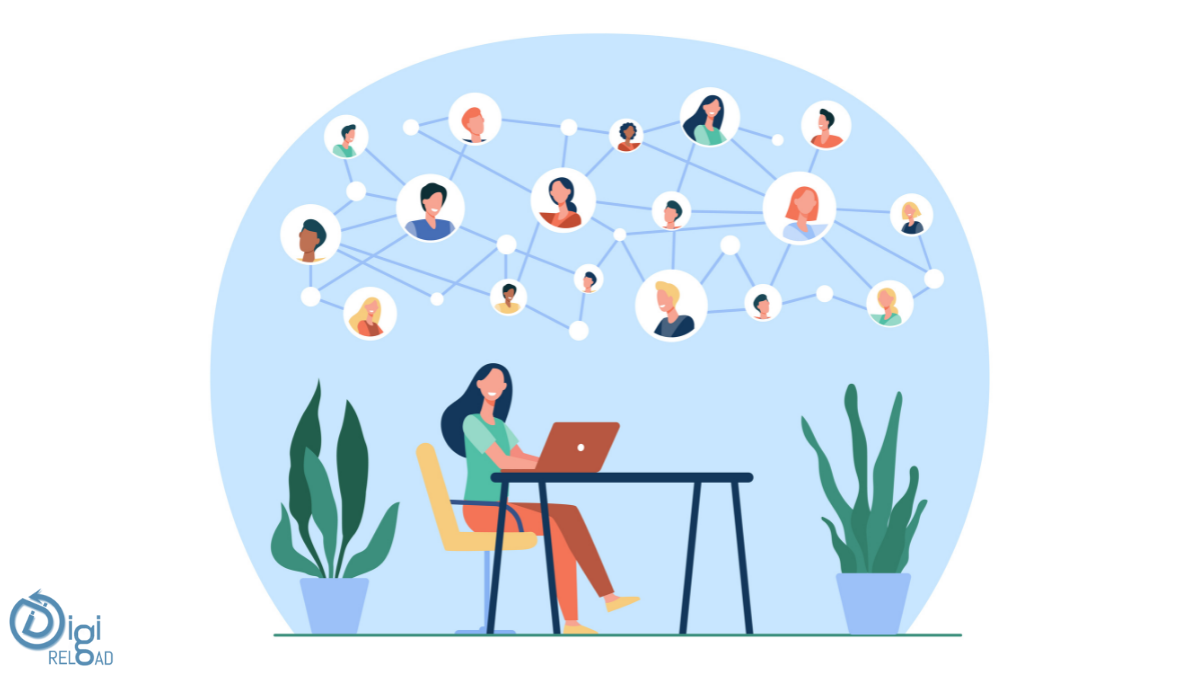
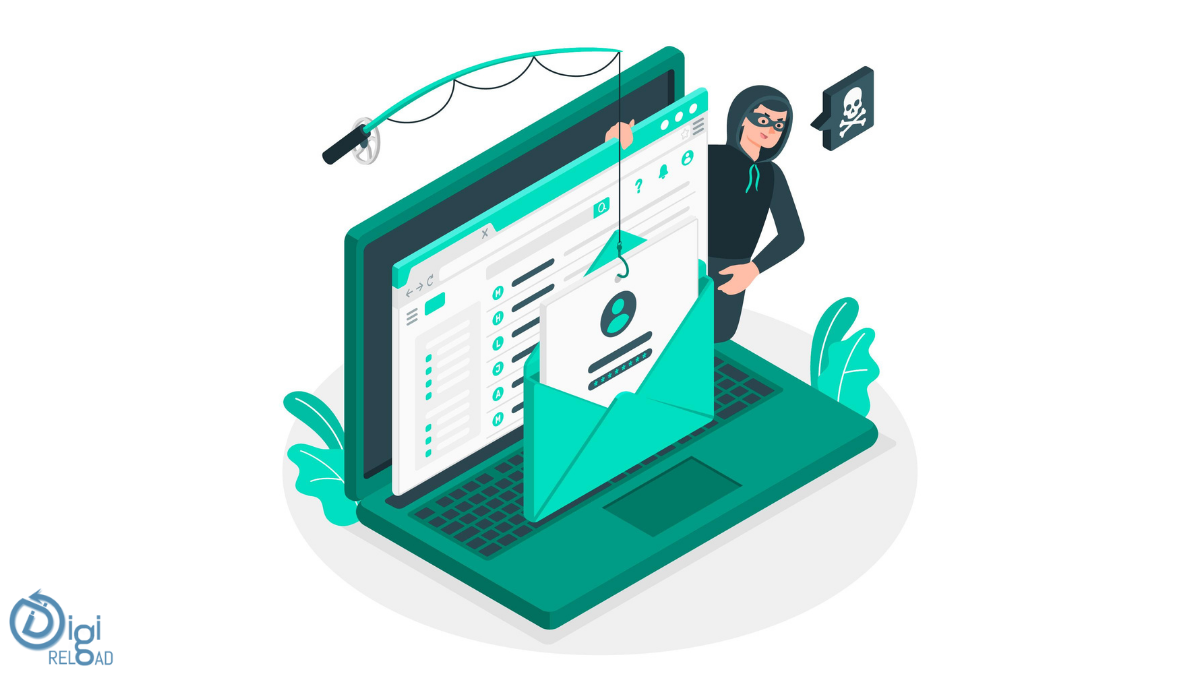
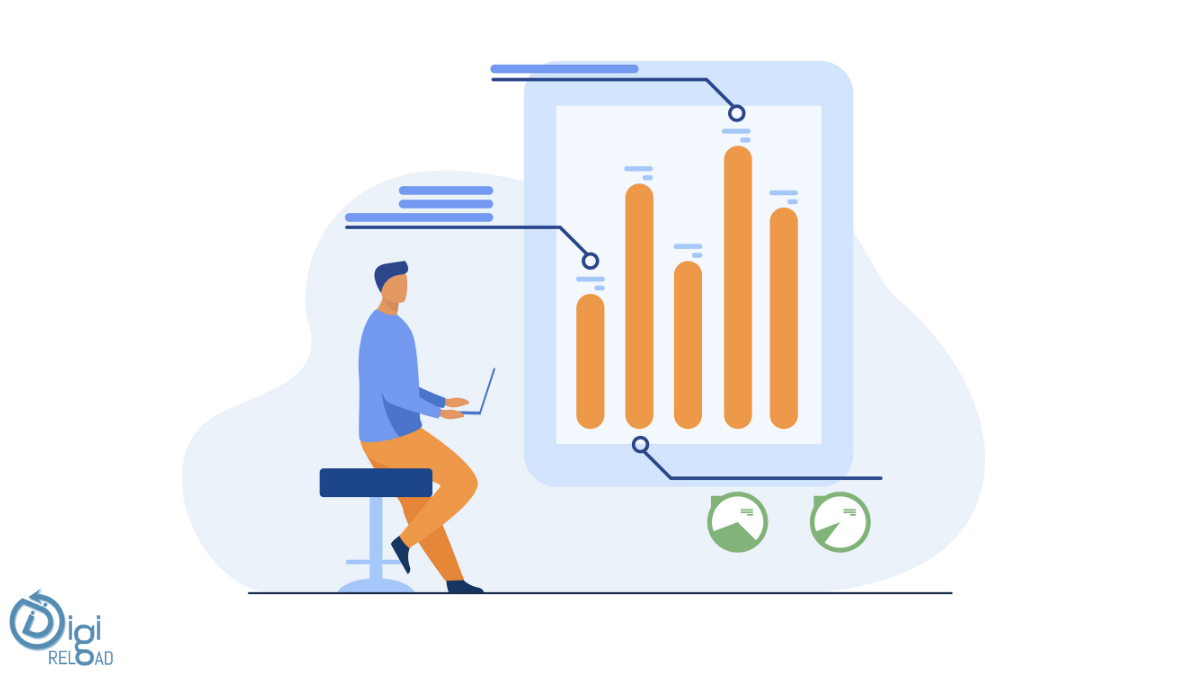

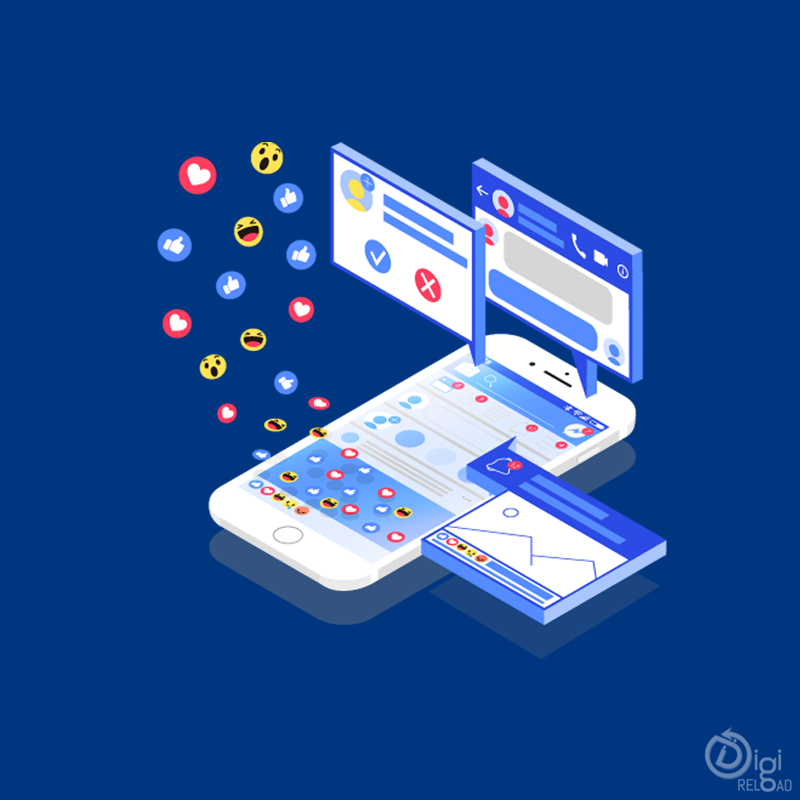
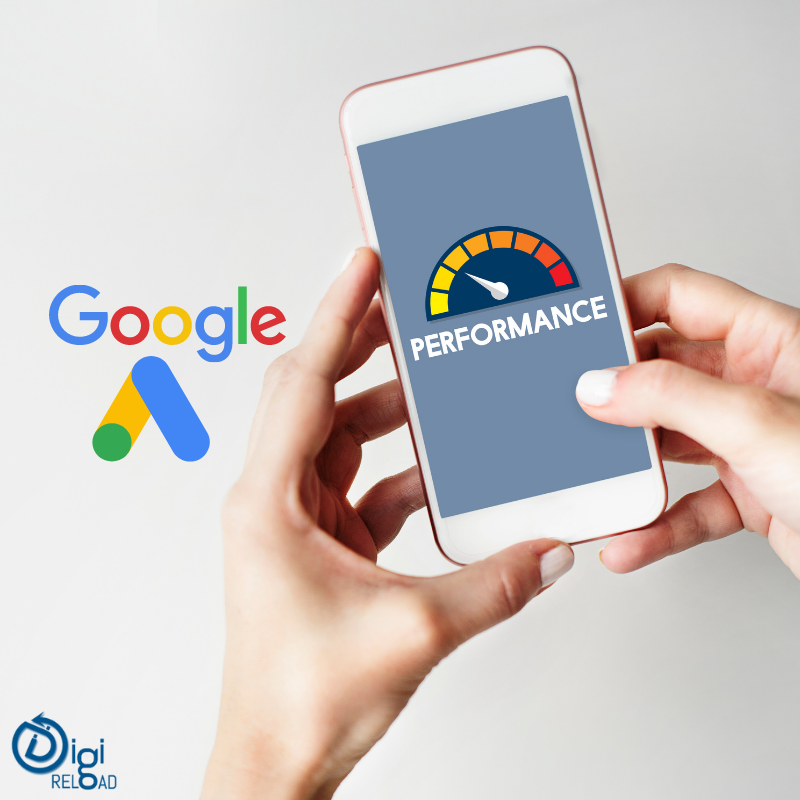
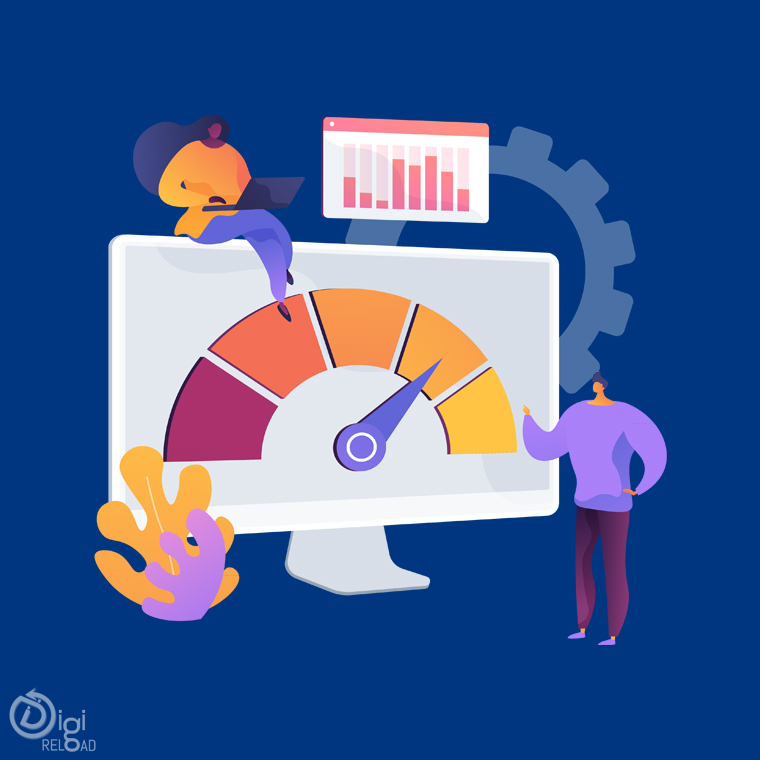
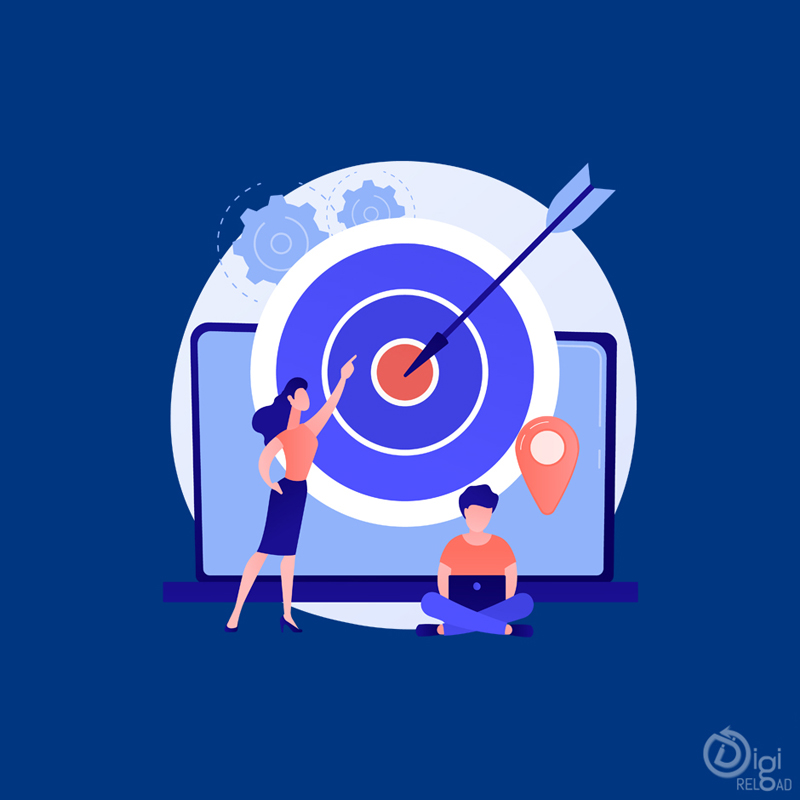
.png)